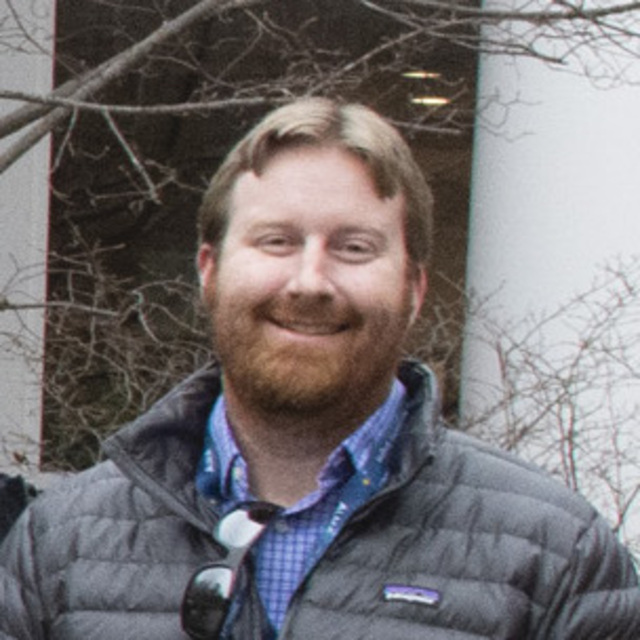June
2022
•
2022ApJ...932...77S
Authors
•
Sun, Fengwu
•
Egami, Eiichi
•
Fujimoto, Seiji
•
Rawle, Timothy
•
Bauer, Franz E.
•
Kohno, Kotaro
•
Smail, Ian
•
Pérez-González, Pablo G.
•
Ao, Yiping
•
Chapman, Scott C.
•
Combes, Francoise
•
Dessauges-Zavadsky, Miroslava
•
Espada, Daniel
•
González-López, Jorge
•
Koekemoer, Anton M.
•
Kokorev, Vasily
•
Lee, Minju M.
•
Morokuma-Matsui, Kana
•
Muñoz Arancibia, Alejandra M.
•
Oguri, Masamune
•
Pelló, Roser
•
Ueda, Yoshihiro
•
Uematsu, Ryosuke
•
Valentino, Francesco
•
Van der Werf, Paul
•
Walth, Gregory L.
•
Zemcov, Michael
•
Zitrin, Adi
Abstract
•
We present an ALMA-Herschel joint analysis of sources detected by the ALMA Lensing Cluster Survey (ALCS) at 1.15 mm. Herschel/PACS and SPIRE data at 100-500 μm are deblended for 180 ALMA sources in 33 lensing cluster fields that are detected either securely (141 sources; in our main sample) or tentatively at S/N ≥ 4 with cross-matched HST/Spitzer counterparts, down to a delensed 1.15 mm flux density of ~0.02 mJy. We performed far-infrared spectral energy distribution modeling and derived the physical properties of dusty star formation for 125 sources (109 independently) that are detected at >2σ in at least one Herschel band. A total of 27 secure ALCS sources are not detected in any Herschel bands, including 17 optical/near-IR-dark sources that likely reside at z = 4.2 ± 1.2. The 16th, 50th, and 84th percentiles of the redshift distribution are 1.15, 2.08, and 3.59, respectively, for ALCS sources in the main sample, suggesting an increasing fraction of z ≃ 1 - 2 galaxies among fainter millimeter sources (f 1150 ~ 0.1 mJy). With a median lensing magnification factor of $\mu ={2.6}_{-0.8}^{+2.6}$ , ALCS sources in the main sample exhibit a median intrinsic star formation rate of ${94}_{-54}^{+84}$ M ⊙ yr-1, lower than that of conventional submillimeter galaxies at similar redshifts by a factor of ~3. Our study suggests weak or no redshift evolution of dust temperature with L IR < 1012 L ⊙ galaxies within our sample at z ≃ 0 - 2. At L IR > 1012 L ⊙, the dust temperatures show no evolution across z ≃ 1-4 while being lower than those in the local universe. For the highest-redshift source in our sample (z = 6.07), we can rule out an extreme dust temperature (>80 K) that was reported for MACS0416 Y1 at z = 8.31.
Links




